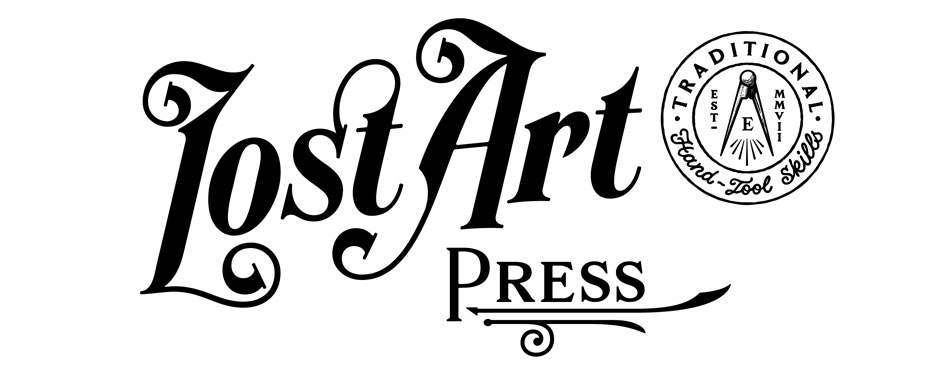Here’s a quick update on things that are not happening in the shop at Lost Art Press.
I know this is a weird topic for a blog entry. But I was asked these five questions dozens of times during Woodworking in America and recently via e-mail.
We Are Not Opening a School
While we are looking for a large building for our inventory that will have a shop, a loading dock, living quarters and space for experimentation, we have no plans to open a school. I enjoy teaching, writing and building furniture. But running a school is a huge administrative task.
When we get our building, I hope we’ll have the space to allow other woodworkers to come there and collaborate with us on book projects. But it won’t be a school.
We Aren’t Hiring Employees
So who the heck is Ty Black, my so-called “shop assistant?” I never want to manage people. I’m done with that. But I am happy to work with others. Ty is a local software engineer and woodworker who works with me three days a week. He helps me with my projects. I help him with his. Some days I teach him something about handwork. Other days he teaches me something about improving my shop processes. He is definitely not an employee. I don’t pay him. I don’t tell him what to do. From henceforth I shall call him “helper monkey.”
We Aren’t Starting a Hand-tool Magazine
I’m done with running magazines and newspapers. They are crazy businesses that I have lived and breathed since 1990. I want to make things that in 100 years will still be used daily.
We Aren’t Becoming a Custom Furniture Business
I’m building a lot of furniture and selling it, but it is all in service to the writing and the publishing. After building 10 Roorkhee chairs for customers, I know a ton more about this unusual form. And I have campaign chests in mahogany and teak that I’ll be selling as the campaign furniture book progresses. And a buttload of boarded chests for “The Furniture of Necessity.”
But I’m not in the business of making (especially) workbenches and tool chests. I’d probably starve.
We Aren’t Exploring Other Crafts
Yup, blacksmithing, weaving and other traditional crafts are interesting. But we won’t be publishing books on them because we aren’t tuned in to them. We know traditional woodworking. We eat, sleep and breathe it. We know what needs to be published for other woodworkers. I couldn’t say what a blacksmith needs.
— Christopher Schwarz














